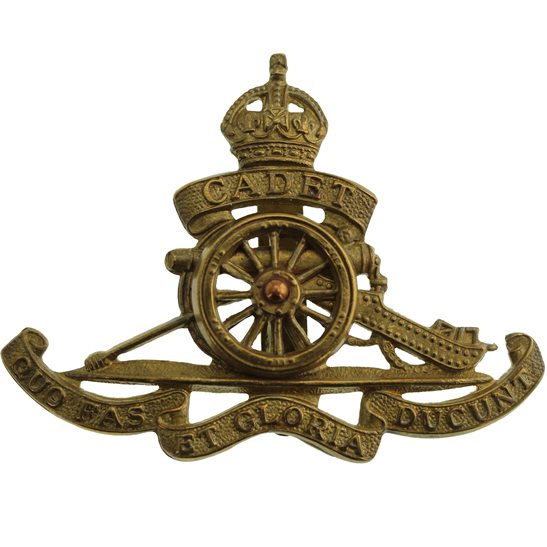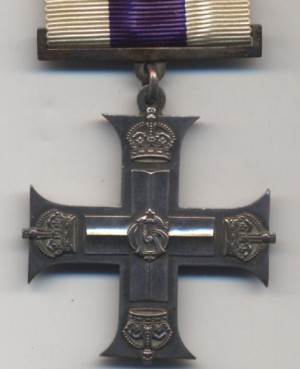Personal Details
Born: 22 August 1892 in Bromyard, Herefordshire and baptised 23 February 1893 at Castlefields Wesleyan-Methodist Chapel in Shrewsbury, Shropshire.
Family: Third child of the Rev William Ovington Robinson and his wife Margaret H. No marriage or children can be traced for William.
Residence: By 1893 the family had moved from Bromyard, Herefordshire to Shrewsbury in Shropshire. At the time of the 1901 census the family were living at 46 Mill Street, Ludlow, Shropshire. Between 1904 and 1905 he attended Stafford Grammar School. In 1911 William and his brother were boarding at 86 Ley Lane, Arnley, Leeds, Yorkshire. The absent voters list of 1919 records him living at St John’s Manse, Whitchurch, Shropshire where his father was the methodist minister. Two years later, in 1921, his address was Rue Alfandega, Rio de Janeiro, Brazil. By 1936 William had returned to England and the 1939 Register lists him residing at 30 Cross Green Lane, Leeds, Yorkshire with his father and younger sister. Immediately prior to his death in 1967 he was living 276 Westella Road, Westella, Yorkshire.
Employment: In 1921 he was working at the London and Brazilian Bank in South America. His occupation in 1939 was that of Life Insurance Broker and a member of the officers’ emergency reserve. The following year William was back in the Royal Artillery where he served as a Lieutenant until at least 1948.
Died: 12 April 1967 aged 74, the death being registered in Holderness, Yorkshire.
Military Details
Regiment: Royal Field Artillery
Rank: Lieutenant – promoted July 1917 (previously Second Lieutenant, previously Gunner)
Service Number: (previously 1471)
Date of Enlistment: 4 Sept 1914
Date of Discharge: 1 April 1920 (previously discharged 29 Nov 1915 to take up temporary commission)
Reason for Discharge: Relinquished commission
Other Information: His older brother, Albion Ovington Robinson, also served in the Royal Field Artillery as a bombardier.
Excellent website on 58th Brigade of the Royal Field Artillery during WW1 which contains information on W Kennedy Robinson https://58fab.com/
William was awarded the Campaign Medals (1914/15 Star, British War Medal and Victory Medal) and the Military Cross for conspicuous gallantry and coolness under heavy shell fire on 7 November 1918.

The 1914 Star (also known as 'Pip') was authorised under Special Army Order no. 350 in November 1917 and by an Admiralty Fleet Order in 1918, for award to officers and men of the British and Indian Expeditionary Forces who served in France or Belgium between 5 August and midnight of 22–23 November 1914. The former date is the day after Britain's declaration of war against the Central Powers, and the closing date marks the end of the First Battle of Ypres.
The 1914–15 Star (also known as 'Pip') was instituted in December 1918 and was awarded to officers and men of British and Imperial forces who served against the Central European Powers in any theatre of the Great War between 5 August 1914 and 31 December 1915. The period of eligibility was prior to the introduction of the Military Service Act 1916, which instituted conscription in Britain.
The British War Medal (also known as 'Squeak') was a silver or bronze medal awarded to officers and men of the British and Imperial Forces who either entered a theatre of war or entered service overseas between 5th August 1914 and 11th November 1918 inclusive. This was later extended to services in Russia, Siberia and some other areas in 1919 and 1920. Approximately 6.5 million British War Medals were issued. Approximately 6.4 million of these were the silver versions of this medal. Around 110,000 of a bronze version were issued mainly to Chinese, Maltese and Indian Labour Corps. The front (obv or obverse) of the medal depicts the head of George V. The recipient's service number, rank, name and unit was impressed on the rim.
The Allied Victory Medal (also known as 'Wilfred') was issued by each of the allies. It was decided that each of the allies should each issue their own bronze victory medal with a similar design, similar equivalent wording and identical ribbon. The British medal was designed by W. McMillan. The front depicts a winged classical figure representing victory. Approximately 5.7 million victory medals were issued. Interestingly, eligibility for this medal was more restrictive and not everyone who received the British War Medal ('Squeak') also received the Victory Medal ('Wilfred'). However, in general, all recipients of 'Wilfred' also received 'Squeak' and all recipients of The 1914 Star or The 1914/1915 Star (also known as 'Pip') also received both 'Squeak' and 'Wilfred'. The recipient's service number, rank, name and unit was impressed on the rim.
The Military Cross is the third-level military decoration awarded to officers and (since 1993) other ranks of the British Armed Forces, and used to be awarded to officers of other Commonwealth countries.
The Military Cross is granted in recognition of "an act or acts of exemplary gallantry during active operations against the enemy on land to all members, of any rank in Our Armed Forces". In 1979, the Queen approved a proposal that a number of awards, including the Military Cross, could be awarded posthumously.
Click on the tag below to see details of each recipient.


